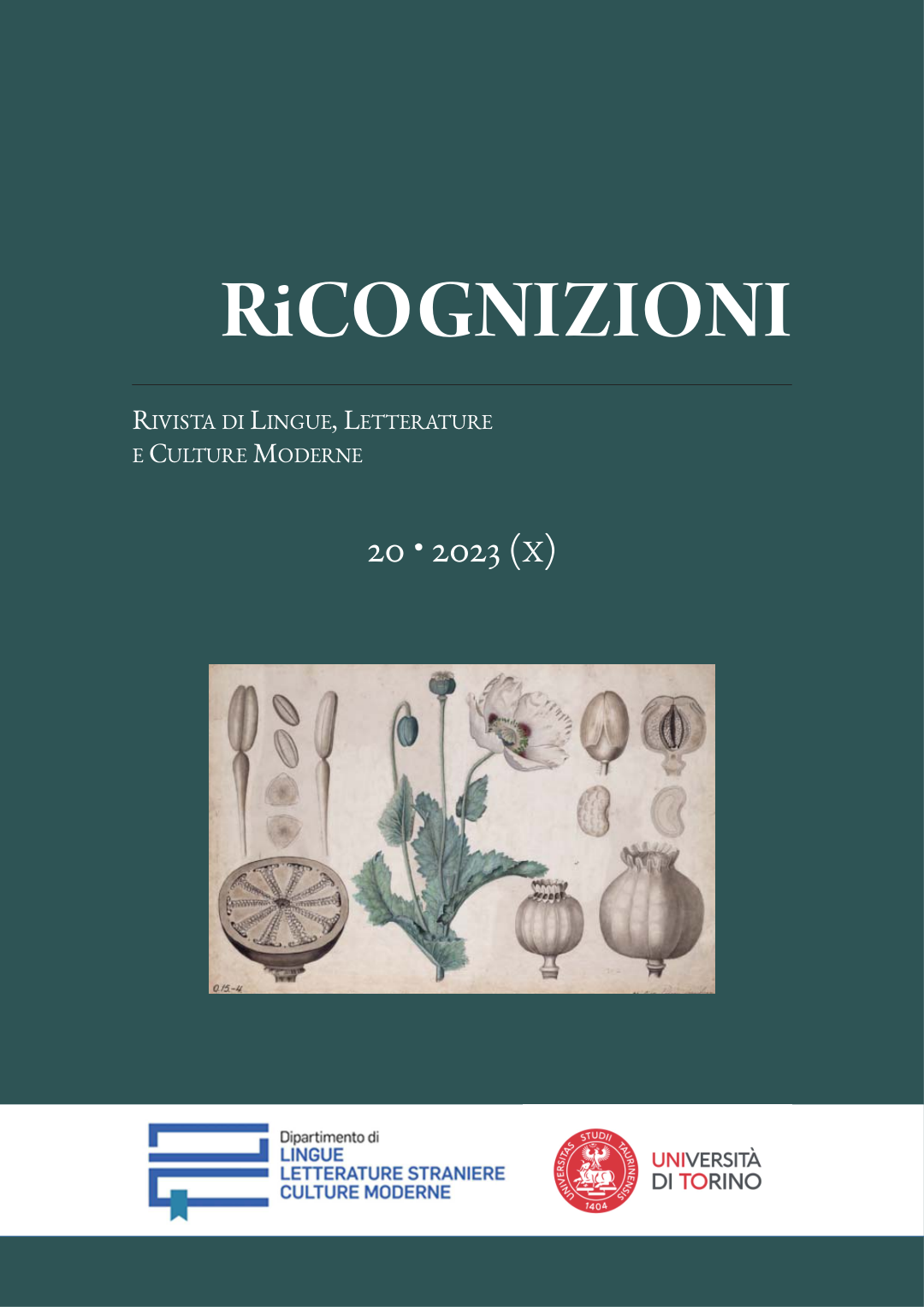Die Knarrstimme in deutsch- und in kroatischsprachigen Gesprächen als Merkmal eines zusätzlichen abschliessenden stimmlichen Musters
DOI:
https://doi.org/10.13135/2384-8987/7754Keywords:
Creaky Voice, Prosodic Pattern, Final Sequence, Spoken Conversations, German Language, Croatian LanguageAbstract
Occasional short switches to creaky voice are common in spoken discourse of numerous languages without either the speakers or the recipients being highly aware of them, which is the reason the creaky voice phenomenon is, under the best of conditions, considered by them as a phenomenon of going down to very low or even the lowest part of their vocal range. In this paper, it is proposed that creaky voice when it comes to spoken conversations in German and Croatian serves as a short-term mechanism for a relatively delayed formation of completional prosodic patterns that, until the manifestation of the creaky voice, to that point also comprise, among other features, accents with rising or flat tonal components. Such completional patterns may accompany utterances that immediately precede the decision to allow the interlocutor to take turn, utterances that do not immediately precede it, or utterances that immediately precede a change in the speech act by the same speaker. The creaky voice, however, sometimes occurs in other sequences, i.e., within prosodic patterns without the accents bearing rising or flat components of the tonal movement, which is, however, considered as a result of an unintentional ''slipping'' into creaky voice due to the speaker's to low value of the subglottal pressure at the given moment.
Downloads
Published
How to Cite
Issue
Section
License
RiCognizioni is published under a Creative Commons Attribution 4.0 International License.
With the licence CC-BY, authors retain the copyright, allowing anyone to download, reuse, re-print, modify, distribute and/or copy their contribution. The work must be properly attributed to its author.
It is not necessary to ask further permissions both to author or journal board.









